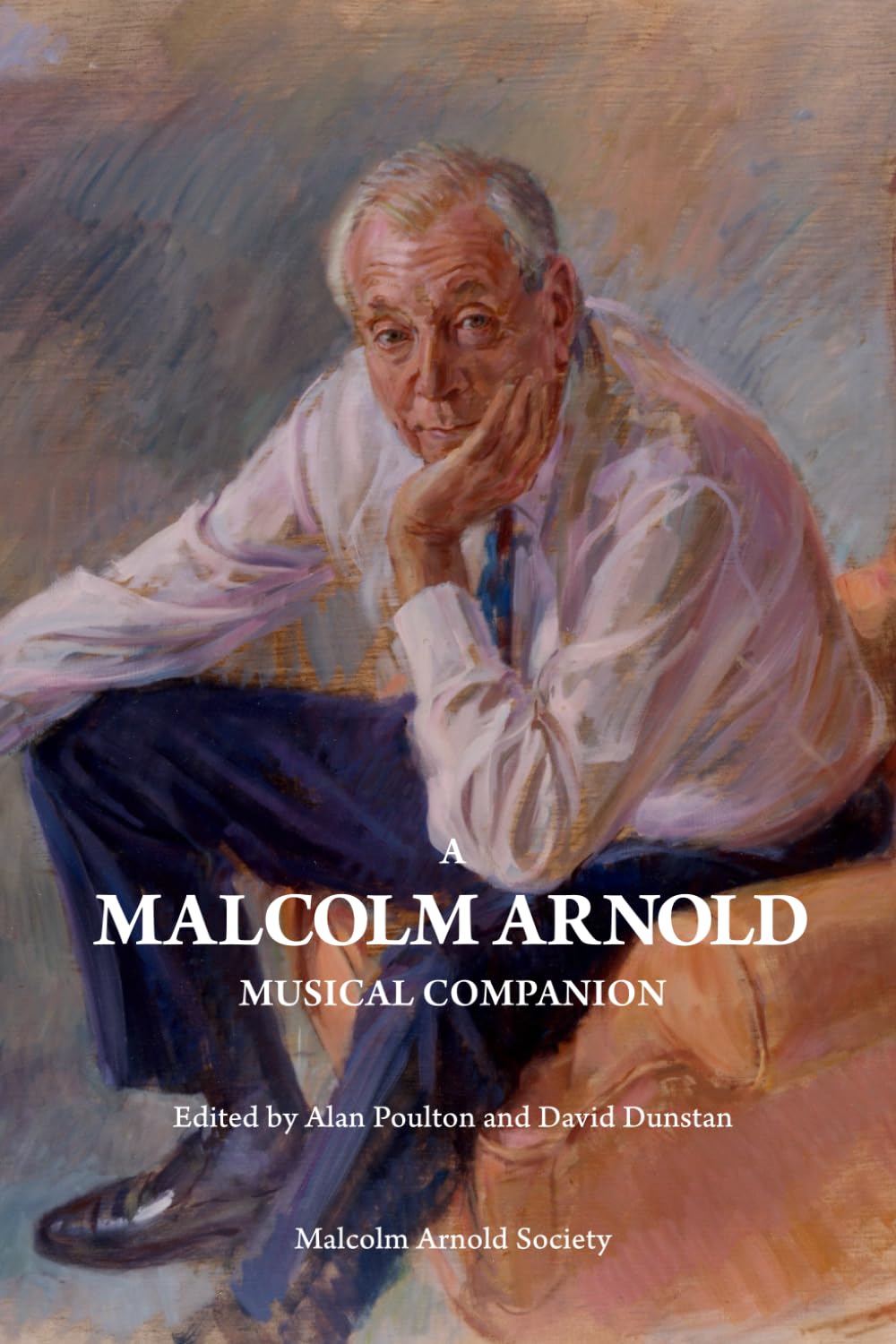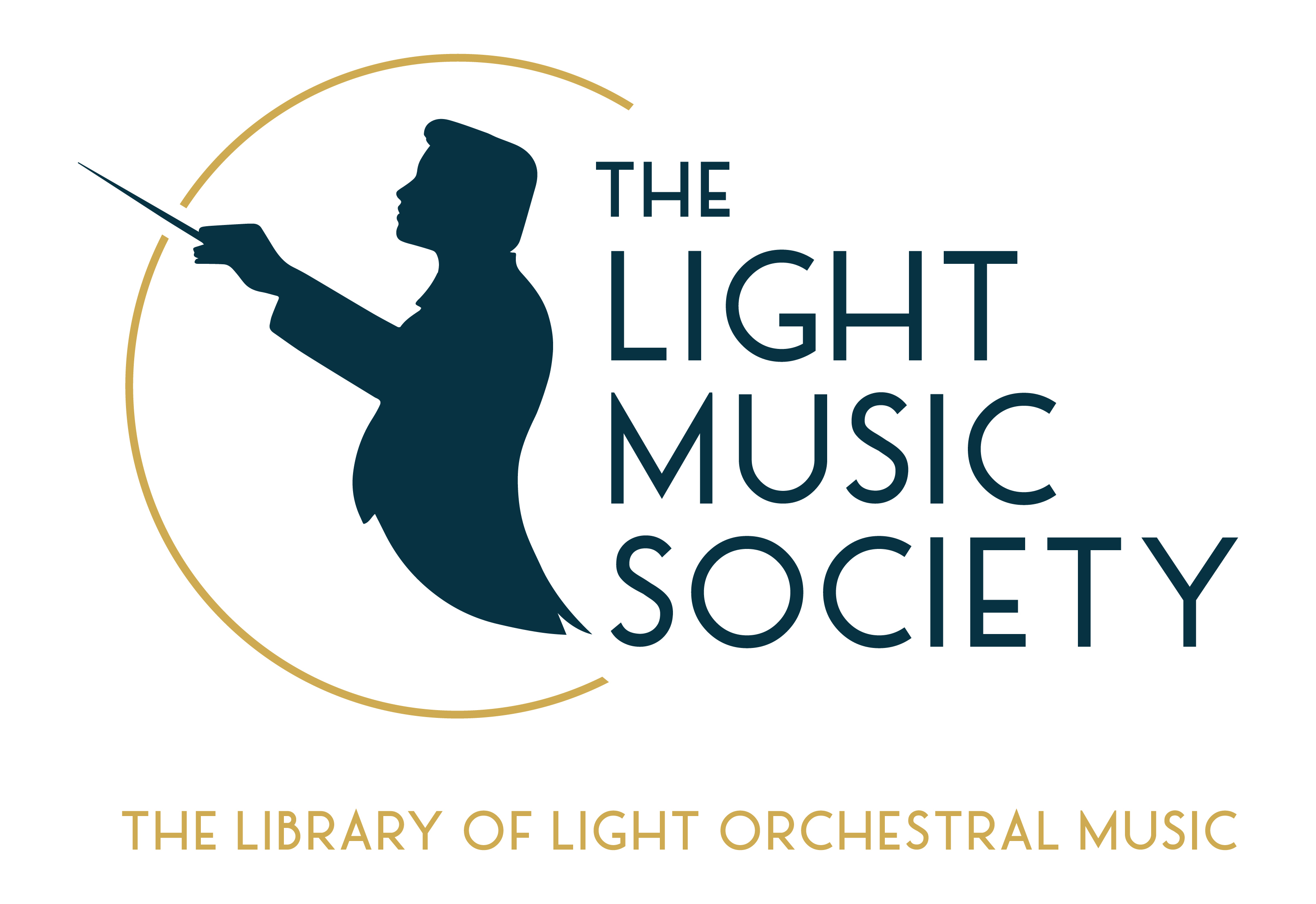Alan Poulton & David Dunstan (ed.)
Malcolm Arnold Society
With the comprehensive coverage of Sir Malcolm Arnold’s output in his centenary year, it seems somewhat surprising that there had not yet been a publication that serves as a musical companion… until now! This collection of essays provides something of an overview of Arnold’s compositions. It is not (and nor does it pretend to be) a comprehensive study, but rather a series of approachable and unpretentious essays that provide windows onto some of his enormous musical output. Andrew Penny’s article on the Irish and Welsh Dances can e found on page?? Of the magazine for a flavour of what to expect of this text.
The authors include Arnold Society stalwarts Alan Poulton and David Dunstan, who also edited the text. Some of Poulton’s own contributions are fascinating, as he has compiled a small amount of detective work and provides background for a number of works (the Sunshine Overture for instance) that are now lost, presumably out there somewhere. Other contributors include LMS regular Laurence Perkins, who contributes a musical commentary on Arnold’s Fantasy for Bassoon, complete with musical examples to accompany the listener or performer through the work, cellist Julia Lloyd Webber whom offers both commentary on the Fantasy for Cello and personal recollections of the composer, and Piers Burton-Lane, author of the first biography of the composer the honorary president of the Malcolm Arnold Society, who provides both biographical and musical insight on a variety of pieces.

Having a host of authors and a compositional output as vast as Arnold’s offers the reader multiple points of view and all of the articles are eminently readable, providing insights into orchestral, operatic, chamber, brass band, choral and song works. The flip side of this, perhaps inevitably, is a slightly inconsistent text overall. Some articles provide musical examples, others do not. Andrew Penny’s excellent essay contains comparisons of different recorded examples of the same works in a wonderfully even-handed approach that does not prioritise some interpretations over others (least of all his own), instead treating all of the treatments of the music as artistically legitimate. Other articles do not have the luxury of multiple (or even any!) recordings to which they can refer. Thus, the book probably serves as a useful introduction to Arnold’s music through some obvious and some not-so-obvious works.
It is, however, surprising and somewhat disappointing that only two of Arnold’s mighty symphonic cycle are addressed: the second and the ninth. Surely one of the most significant symphonic outputs by a British composer is itself deserving of a comprehensive and in-depth analysis. So while the variety of works addressed here is welcome, the lack of more analysis of one of the composer’s most significant contributions may disappoint some readers. There is, however a little more space given to the concertos and choral works including some overview articles that seek to express something about these bodies of work as a whole. Meanwhile it appears that each of Arnold’s operatic and stage works is granted an article. Perhaps the aim, therefore is to highlight some lesser-known areas that the reader may consider.
Similarly, the difference in styles is more pronounced, given how much the various authors have attempted to address. Thus, some articles read like (undeniably very good) programme notes that will appeal to listeners, while others provide musical examples that will appeal more to musicians and interpreters of the music. Thus the question arises of to whom the book is really aimed. It may be too much of an overview for those wanting musical analysis, whilst being too replete with musical figures in other areas for those wanting more straightforward commentary. It puts this reader in a strange position, as there is absolutely nothing wrong with any one of the contributions, but the proximity of many quite different contributions does highlight the inherent inconsistency.
Previously, the Malcolm Arnold Society produced a single volume dedicated solely to the composer’s film music and it strikes me that the same method could actually be applied to other aspects of his output: a volume could easily be filled as a musical companion to just the symphonies, as it could about the concertos, stage works, chamber music etc. Judging from the remarkable research of Alan Poulton, it looks like a volume could be dedicated to the lost or missing pieces of Malcolm Arnold, their backgrounds, conception and reception before they disappeared.
Qualms aside, however, it is important to reiterate: this is not a book that pretends to be anything that it is not. The articles are subjective and therefore blend personal insight and recollections with some musical analysis. As such, I suspect the main purpose of the book is to lay the groundwork for future researchers, be they students or potential interpreters of the music, to enable them to continue the discourse. There is undeniably much here to whet the appetite of the discerning reader and encourage them to delve deeper still into the riches of Arnold’s vast work list. The Society’s own catalogue of his works could indeed provide an invaluable companion piece to the current volume to indicate just how much is yet to be discovered and rediscovered in this vast catalogue. It is to be hoped, therefore, that readers of this book are left as eager to learn more as I was! DA

Leave a Comment
I hope you enjoyed this post. If you would like to, please leave a comment below.